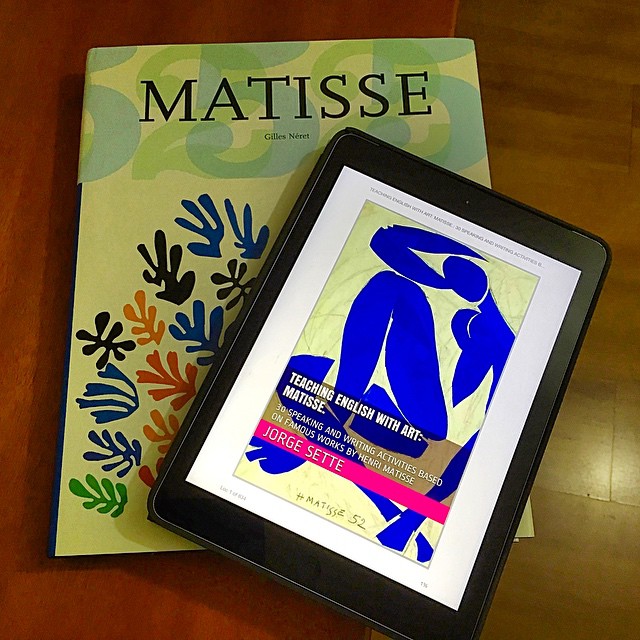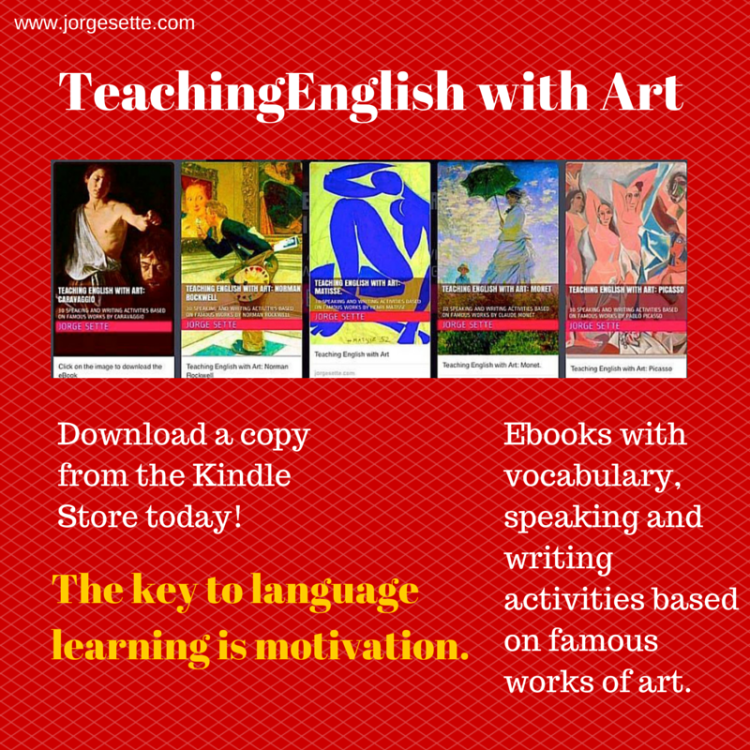Why would a Brazilian, without a drop of British blood flowing through his veins, choose to read “Spare”? Well, stories of privileged but unhappy people managing to escape their gilded cages, spreading their wings and flying, as sings Elton John – one of Lady Di’s closest friends – in the song Skyline Pigeon, has always fascinated me. Rebels are my kind of hero. Besides, I couldn’t miss all the buzz surrounding the launch of the book.

I lived in the UK for almost two years, ages ago (a very happy time in my life). It shouldn’t come as a surprise for those who know me that I simply love the English language (in all its variants), its literature, movies, and music. I also learned to like Marmite – an acquired taste! The National Gallery, Saint Paul’s Cathedral, and the Tube are also very close to my heart, as are the London parks and the colors of the land: green and gray. I paid three visits to Salisbury, just to experience Stonehenge in different seasons. Cornwall is a dream: The place I would love to grow old in.

As for the British Monarchy, I never considered that institution something relevant to my life – I felt it was just an alien and outdated British cultural trait (although we did have something similar in Brazil for almost 400 years too). It fits into the same category of rugby, cricket, or EastEnders, the soap opera which had been running for centuries when I lived there.
I only began paying attention to the dysfunctional royal family, when Netflix’s The Crown started streaming – and, being told time and again by people who feel very strongly about it that it’s mostly fiction – I watch it as mere entertainment.
Years after I had come back to Brazil, the death of Lady Diana Spencer woke me up to the fact that the British Press was a weird and dangerous animal, but it did not really affect me – after all, I had never bought or even read a single page of a tabloid while I lived there, so did not even feel guilty. On the other hand, the image of a young Prince Harry walking behind his mother’s coffin left a painful and lasting impression: Actually, I never forgot it. As he grew up before the world’s eyes, contrary to what was portrayed in the media, I always considered him a normal boy, doing average stuff and making the same stupid mistakes we all did when we were young. Besides, he seemed rather lonely. I decided I liked him.

This long introduction is just to say that, Spare, his memoir, is a lot less whiny than I thought it would be. As a matter of fact, there’s quite a lot of humor, and I did enjoy it. The third and last part of the book is less exciting. After all, we all have heard about “When Harry met Meghan” – minus the hilarious fake orgasm scene in the restaurant, an iconic moment performed by Billy Crystal and Meg Ryan in the 80s movie with a similar title – more than we cared. However, I found it quite illuminating and sobering to know more about Harry’s education at Eton, the various palaces and estates the family owns, how the houses of the different members are distributed and allocated, his years in the Army (especially the boot camp passages), his trips to Africa and to both poles, and how the death of his mother traumatized him. The closeness and friendship that Harry seemed to share with his “granny”, the deceased Queen Elizabeth II, was also moving and unexpected.
It was also juicy gossip to find out how Charles, Camilla, and even his brother William, and their respective staff, are engaged in fiercely backstabbing each other to gain popularity in the media. The rivalry is so brutal that each camp gets to the point of leaking fake stories to the press to be seen as the good guys in the family.
Even if it’s all fiction, it’s well-written fiction, and makes for compelling reading. I recommend it.
Jorge Sette



























